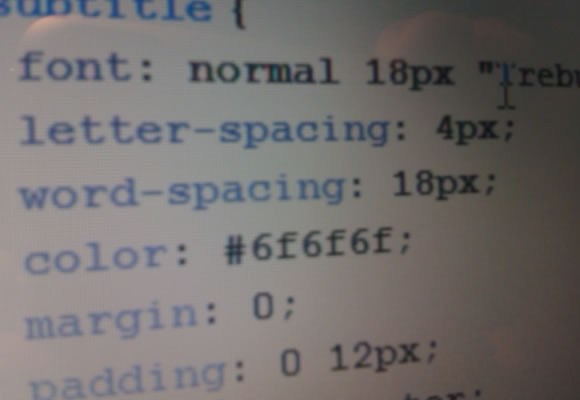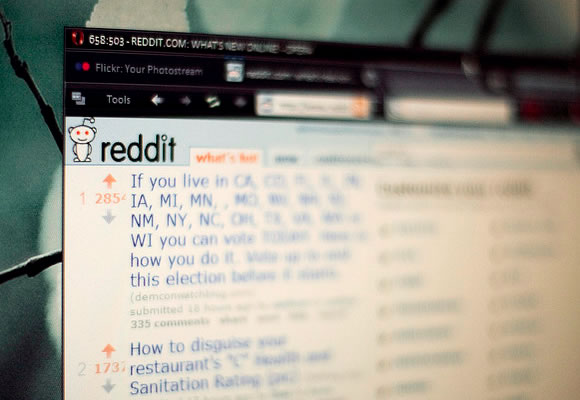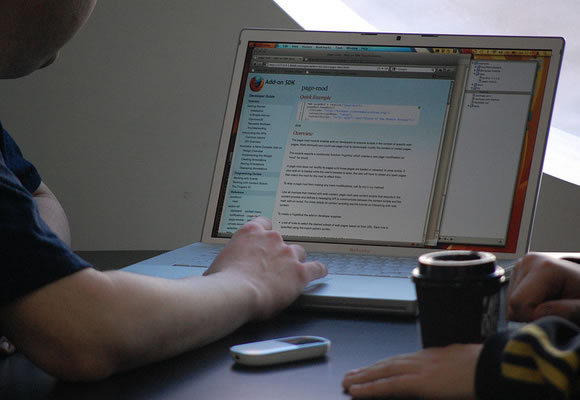
A few hours south of Las Vegas, Christmas Tree Pass winds through rocky cliffs and fields of scrub brush, Yucca plants and wizened pinion pines and juniper trees. At the crest of the pass, there’s a cluster of evergreen bushes decorated by women’s undergarments – the bra tree.
Nobody knows how it got started, but the tree’s reputation passes by word-of-mouth, luring new hikers and adventurers to seek it out. There are better trails, taller trees, and more exciting destinations. This is simply a twist on an evergreen that makes it stand out.
When most SEOs think of evergreen content, there’s a sigh. Evergreen content is basic definitions and how-to content, for example, “What is a Utah juniper tree” for a plant nursery. It’s seen as boring, dry and rehashed. The purpose of evergreen content is to write it once, publish and forget it.
Decorate the Tree
Originally, the bra tree was just another juniper in the middle of the desert. Most evergreen content is a straightforward, neutral answer to the question posed by the searcher – a forest of plain juniper trees, if you will.What made folks drive for miles in the dust just to see this tree, when there were so many others just like it much closer to home? Someone had the idea to give this tree just a little something extra.
You may not be able to work titillating themes into all your content, but even giving your articles some personality will be enough to separate you from the pack. Suddenly, your boring evergreen content becomes an active reinforcement of your branding.
A great example of turning evergreen, boring content into branded, engaging content is Moosejaw’s shipping page (no relationships). Normally, shipping policies are as staid and evergreen as you can get.
Moosejaw’s brand is irreverent and cozy, and its shipping page tosses in quips like “Strollers, Trailers, Bike Racks, Crash Pads and Gear Boxes are oversized and cannot be sent for free economy, sorry for being so mean.” Not only does this personalize the company, but it preemptively answers a common question in a positive way.
So how do you get this personal styling in your evergreen content? Review corporate branding or style guides first. Check your current content for items that don’t fit the branding guide – even pages like privacy and shipping policies.
No branding guide? No worries. Think about your brand and what it means, how it communicates, and who it speaks to.
Define your customer, then think about how your company should approach that customer. Taking this exercise to its fullest should result in a branding or style guide so that anyone in the organization can draft content that matches your vision.
Apply your branding to all your pages, like product descriptions and return policies. Even how-to's on basic HTML can get some attitude.
Feed the Tree
Great! You’ve spruced up your evergreen content to be fun to read. You have your very own bra tree. If you think your work is done, you’re only partially correct.Google loves fresh content. Many read that as new content, but making changes to existing content has a similar impact.
As the bra tree stands exposed to the harsh desert sun, its decorations lose their color. When a new brassiere gets tossed on the tree, interest is re-kindled. Also, old fashions, like old statistics, get removed or covered by the new fabrics and styles.
Your evergreen content needs a semi-annual or annual review. Every industry is changing and developing, and your content, evergreen or topical, should reflect current research and industry practices.
While how to play Blackjack will never change, new strategies for winning the game come about. Changes may not be necessary, but take the chance to update or add internal links or re-work the content to include recent press.
The Forest for the Trees
While you’re reviewing your content, create an inventory of your site. It’s easy to forget the how-to's and the definition articles in your content marketing strategy. Keeping everything, especially if you’re using different platforms for your blog and your main site, in an archive or spreadsheet can help you organize and build on your current content.Hopefully, with a little personality and regular care, your evergreen content will grow into a healthy, Google-friendly, backlink-generating forest.



































